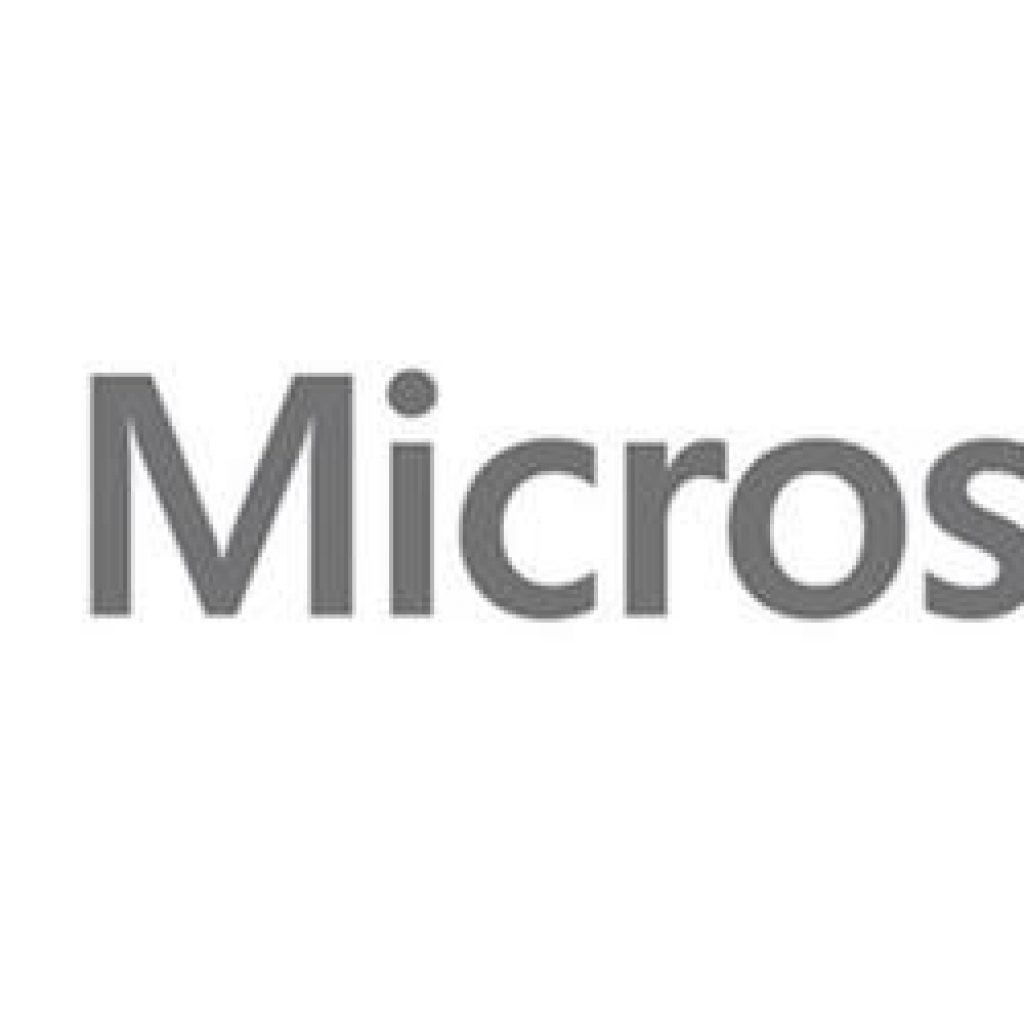(MicrosoftQuantum) Using supercomputing and new tools for understanding quantum algorithms in advance of scaled hardware gives us a view of what may be possible in a future with scaled quantum computing. Microsoft’s new Quantum Intermediate Representation (QIR), designed to bridge different languages and different target quantum computation platforms, is bringing us closer to that goal. Several Department of Energy (DOE) national laboratories are using this Microsoft technology in their research at the new National Quantum Initiative (NQI) quantum research centers.
As quantum computing capabilities mature, we expect most large-scale quantum applications will take full advantage of both classical and quantum computing resources working together. QIR provides a vital bridge between these two worlds by providing full capabilities for describing rich classical computation fully integrated with quantum computation.
QIR is central to a new collaboration between Microsoft and DOE’s Pacific Northwest National Laboratory (PNNL) born out of NQI’s Quantum Science Center (QSC) led by DOE’s Oak Ridge National Laboratory (ORNL). The goal of the PNNL project is to measure the impact of noisy qubits on the accuracy of quantum algorithms, specifically the Variational Quantum Eigensolver (VQE). In order to run it in simulation on the supercomputer, they needed a language to write the algorithm, and another representation to map it to run on the supercomputer. PNNL used Microsoft’s Q# language to write the VQE algorithm and then QIR provides the bridge, allowing easy translation and mapping to the supercomputer for the simulation.
Microsoft’s QIR Building a bridge to the future of Supercomputing with Quantum Acceleration
